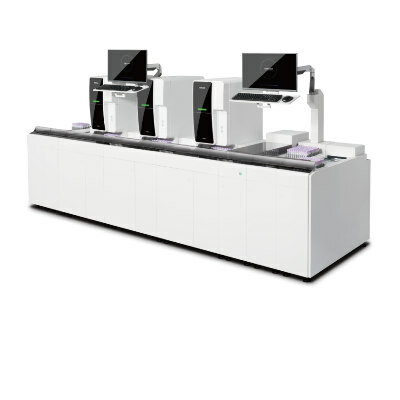Bile Acid-Related Drug Protects Against Atherosclerosis
By LabMedica International staff writers
Posted on 22 Dec 2011
A modified bile acid is a candidate drug that has shown considerable promise by reducing the number of macrophages associated with atherosclerotic plaques and preventing atherosclerosis in a mouse model.Posted on 22 Dec 2011
Investigators at the Ecole Polytechnique Fédérale de Lausanne (Switzerland) and their colleagues at the University of Perugia (Italy) and at Intercept Pharmaceuticals (New York, NY, USA) worked with a line of mice that was genetically engineered to be prone to develop atherosclerosis.
The investigators treated these animals with the modified bile acid INT-777, which activates the G protein-coupled receptor TGR5 and that previously had been shown to protect normal mice fed a high-fat diet from obesity and diabetes. INT- 777 activates the TGR5 receptor in the membrane of gut cells, and in so doing enhances the secretion of the hormone glucagon-like peptide-1 (GLP-1). GLP-1 is normally induced by feeding and stimulates insulin secretion in response to glucose.
In the current study, the investigators investigated the effect of INT-777 on mice that had been genetically engineered to lack the gene for TGR5. In some experiments, bone marrow was transferred from normal mice to animals lacking the TGR5 gene. These animals were then treated with INT-777.
Results published in the December 7, 2011, issue of the journal Cell Metabolism revealed that INT-777 activated TGR5 and prevented atherosclerosis in normal animals but not in those mice that lacked the TGR5 gene. Mice that received transplants of wild-type bone marrow showed significantly reduced plaque formation following INT-777 treatment. At the molecular level, it was shown that the drug inhibited proinflammatory cytokine production, an effect mediated by TGR5-induced cAMP signaling and subsequent NF-kappaB (nuclear factor kappa-light-chain-enhancer of activated B cells) inhibition.
“That was the evidence we needed that it was the anti-inflammatory effect of the compound, acting via TGR5 in bone marrow-derived cells that accounted for the protective effect,” said senior author Dr. Kristina Schoonjans, professor of physiology at the Ecole Polytechnique Fédérale de Lausanne.
Related Links:
Ecole Polytechnique Fédérale de Lausanne
University of Perugia
Intercept Pharmaceuticals













